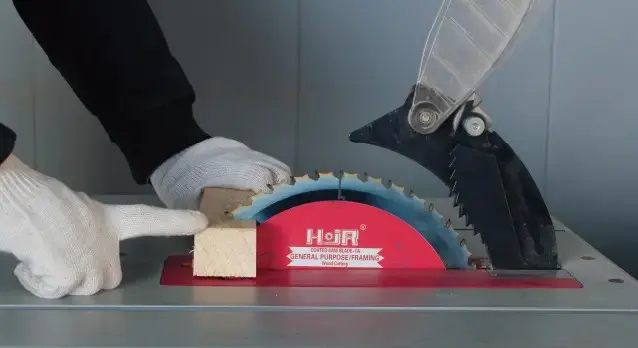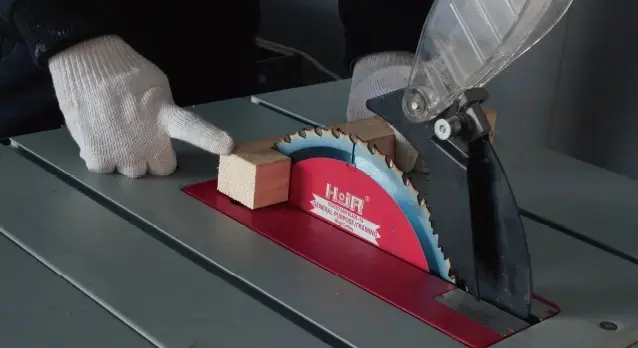How to Choose the Right Saw Blade Teeth for Your Project
When it comes to selecting the right saw blade, understanding the teeth is crucial. Whether you're a DIY enthusiast or a professional, the type of teeth on your saw blade can significantly impact the quality of your cuts. Here’s a simple guide to help you make the right choice.
1. Tooth Count Matters: The number of teeth on a saw blade determines the smoothness and speed of the cut. Blades with more teeth (e.g., 80-100) produce smoother cuts, ideal for fine woodworking. Fewer teeth (e.g., 24-40) cut faster but leave rougher edges, suitable for rough carpentry.
2. Tooth Shape: Different shapes serve different purposes. Alternate Top Bevel (ATB) teeth are great for cross-cutting wood, while Triple Chip Grind (TCG) teeth are better for cutting hard materials like laminate or metal. Flat Top (FT) teeth are used for rip cuts in wood.
3. Tooth Material: Carbide-tipped teeth are durable and stay sharp longer, making them ideal for heavy-duty tasks. High-speed steel (HSS) teeth are cheaper but wear out faster, suitable for lighter work.
4. Kerf Width: The thickness of the blade (kerf) affects the amount of material removed. Thin kerf blades remove less material, making them efficient for precise cuts, while thick kerf blades are more stable and durable for heavy-duty tasks.
5. Application-Specific Blades: Always choose a blade designed for your specific material and task. For example, a blade for cutting metal will differ significantly from one designed for wood.
By considering these factors, you can select the right saw blade teeth for your project, ensuring clean, efficient, and precise cuts every time. Happy cutting!



